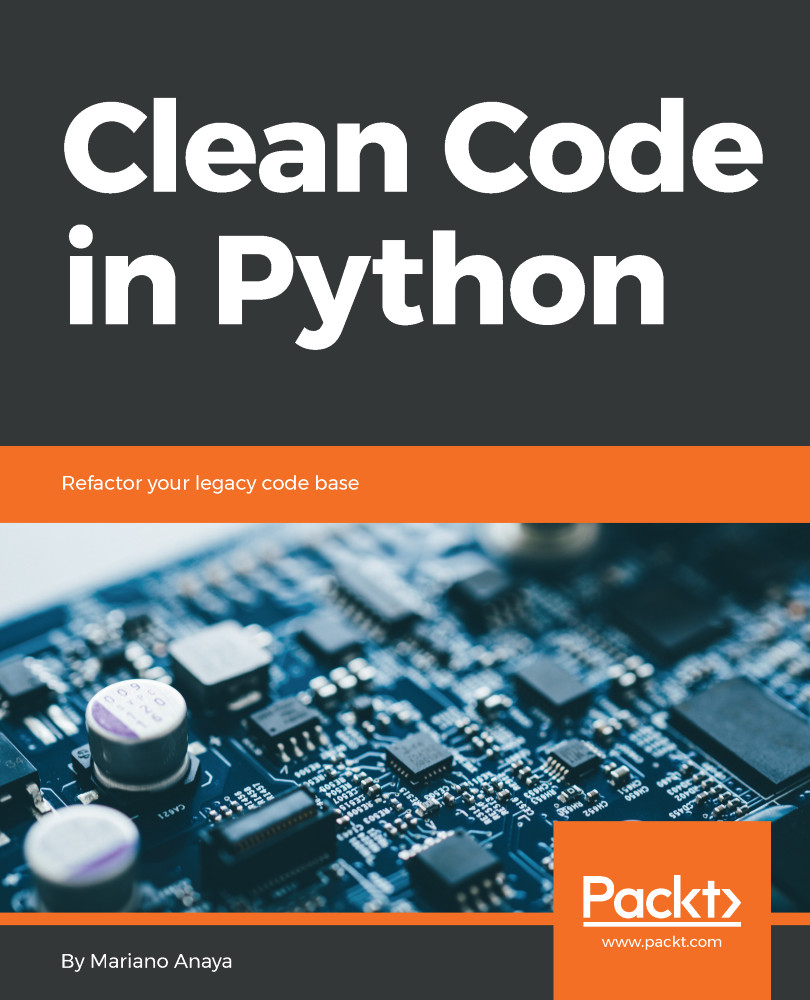This is a book about software engineering principles applied to Python.
There are many books about software engineering, and many resources available with information about Python. The intersection of those two sets, though, is something that requires action, and that's the gap this book tries to bridge.
It would not be realistic to cover all possible topics about software engineering in a single book because the field is so wide that there are entire books dedicated to certain topics. This book focuses on the main practices or principles of software engineering that will help us write more maintainable code, and how to write it by taking advantage of the features of Python at the same time.
A word to the wise: there is no single solution to a software problem. It's usually about trade-offs. Each solution will have upsides and downsides, and some criteria must be followed to choose between them, accepting the costs and getting the benefits. There is usually no single best solution, but there are principles to be followed, and as long as we follow them we will be walking a much safer path. And that is what this book is about: inspiring the readers to follow principles and make the best choices, because even when facing difficulties, we will be much better off if we have followed good practices.
And, speaking of good practices, while some of the explanations follow established and proven principles, other parts are opinionated. But that doesn't mean it has to be done in that particular way only. The author does not claim to be any sort of authority on the matter of clean code, because such a title cannot possible exist. The reader is encouraged to engage in critical thinking: take what works the best for your project, and feel free to disagree. Differences of opinions are encouraged as long as they yield an enlightening debate.
My intention behind this book is to share the joys of Python, and idioms I have learned from experience, in the hope that readers will find them useful to elevate their expertise with the language.
The book explains the topics through code examples. These examples assume the latest version of Python at the time of this writing is used, namely Python 3.7, although future versions should be compatible as well. There are no peculiarities in the code that bind it to any particular platform, therefore with a Python interpreter, the code examples can be tested on any operating system.
In most of the examples, with the goal of keeping the code as simple as possible, the implementations and their tests are written in plain Python using just the standard libraries. In some chapters, extra libraries were needed, and in order to run the examples of those cases, instructions have been provided along with the respective requirements.txt file.
Throughout this book we will discover all the features Python has to offer to make our code better, more readable, and easier to maintain. We do so not only by exploring the features of the language, but also by analyzing how software engineering practices can be applied in Python. The reader will notice that some of the reference implementations differ in Python, other principles or patterns change slightly, and others might not be even applicable all along. Understanding each case represents an opportunity to understand Python more deeply.



